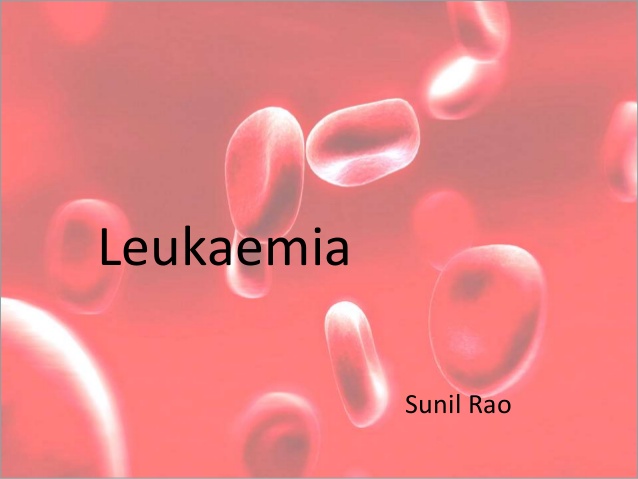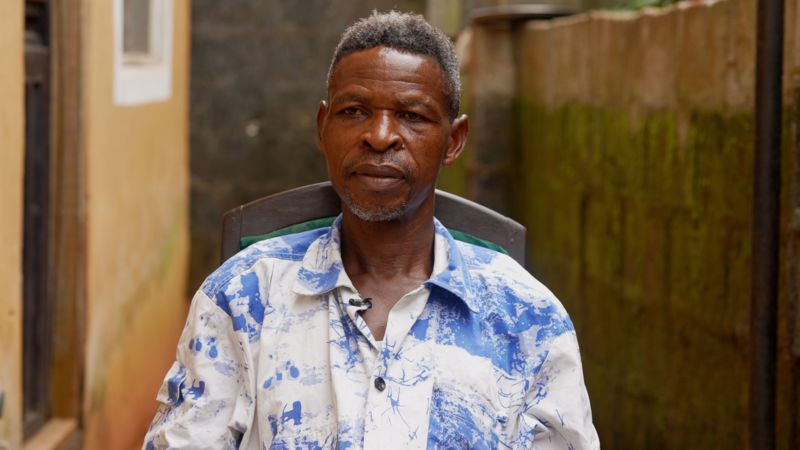You make millions of blood cells every day. Each type of cell has an expected lifespan. For example, red blood cells normally last about 120 days. Some white blood cells last just hours or days – some last longer. Every day, millions of blood cells die and are broken down at the end of their lifespan. There is normally a fine balance between the number of blood cells that you make, and the number that die and are broken down. Various factors help to maintain this balance. For example, certain hormones in the bloodstream and chemicals in the bone marrow called ‘growth factors’ help to regulate the number of blood cells that are made.
The Main Types of Leukaemia Are:
Acute Lymphoblastic Leukaemia (ALL)
Chronic Lymphocytic Leukaemia (CLL)
Acute Myeloid Leukaemia (AML)
Chronic Myeloid Leukaemia (CML)
There are various ‘sub-types’ of each of these. In addition there are some other rare types of Leukaemia.
The word ‘Acute’ means the disease develops and progresses quite quickly.
‘Chronic’ means persistent or ongoing. When talking about Leukaemia, the word chronic also means that the disease develops and progresses slowly (even without treatment).
‘Lymphoblastic’ and ‘lymphocytic’ mean that an abnormal cancerous cell is a cell that originated from a lymphoid stem cell.
‘Myeloid’ means that an abnormal cancerous cell is a cell that originated from a myeloid stem cell.
There are separate leaflets (listed in the treatment section below) which give details about each of these types of leukaemia.
Acute Lymphoblastic Leukaemia (ALL)
In ALL, the bone marrow makes large numbers of abnormal immature lymphocytes called lymphoblasts. There are various subtypes of ALL. For example, the abnormal lymphoblasts can be immature B or T lymphocytes. Typically, ALL develops quite quickly (acutely) and rapidly becomes worse (over a few weeks or so) unless treated. ALL can occur at any age, but about 6 in 10 cases occur in children. It is the most common form of leukaemia to affect children
Acute Myeloid Leukaemia (AML)
In AML the bone marrow makes large numbers of abnormal immature white blood cells which are derived from a myeloid stem cell. The abnormal immature cells are called blasts. There are various subtypes of AML, depending on exactly what cell type becomes cancerous and at what stage in the maturing process.











